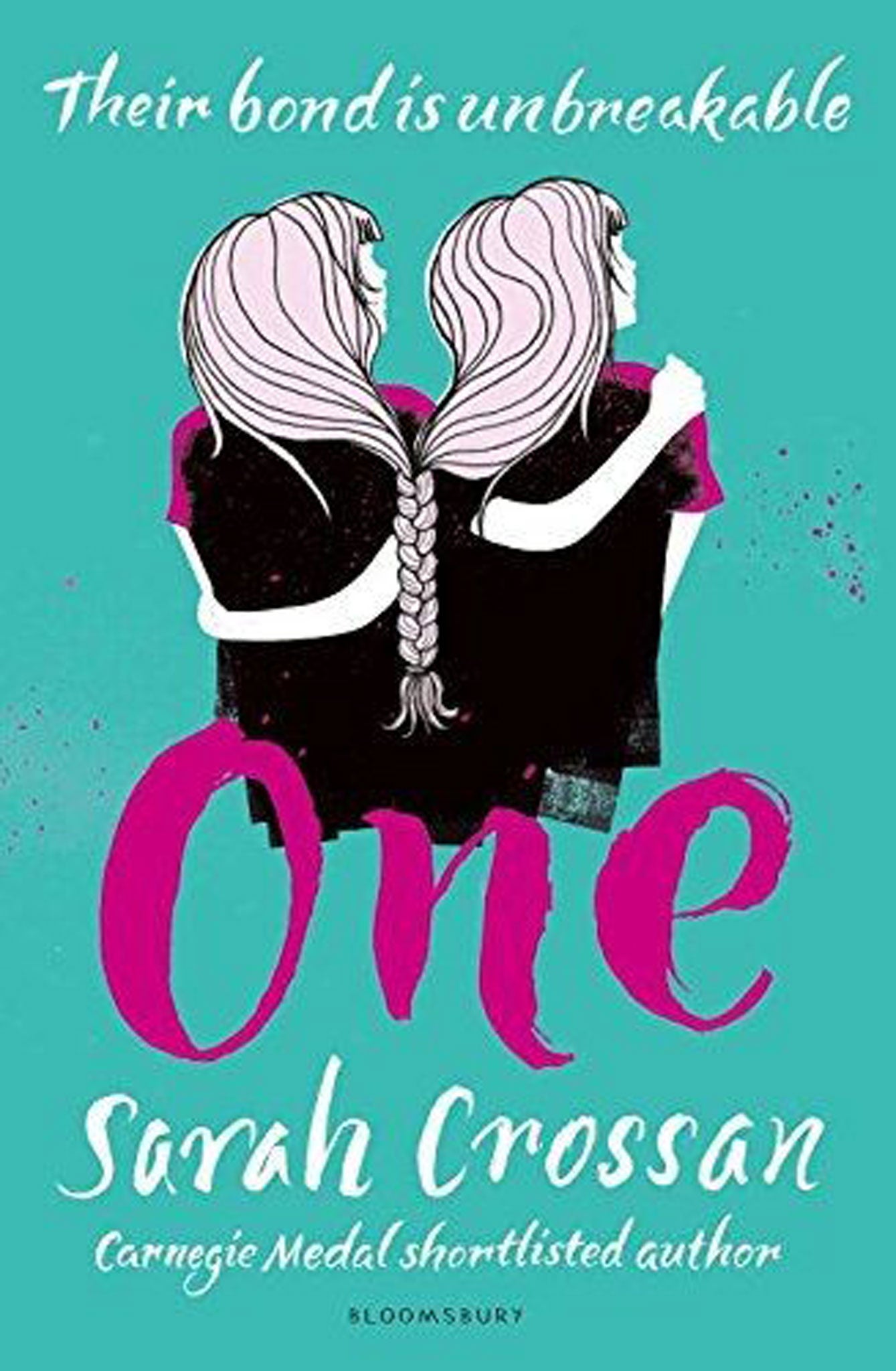One by Sarah Crossan, book review: An admirable and affecting tale of conjoined twins
The main characters in Crossan's affecting story are joined at the hip and are under constant medical and psychological care

Now is a golden time for minorities in children's fiction, with Sarah Crossan's One currently exploring the relatively unchartered fictional waters surrounding the topic of conjoined twins. Her main characters, 16-year old Grace and Tippi, talk, joke and feel very much like other US teenagers. Yet they still attract ignorant or unkind comments, finding a note stuck to their school locker reading, "Why don't you go back to the zoo?" This is in addition to being openly filmed by others when on public transport and having to field frequently agonising personal questions.
Grace and Tippi have two heads, four arms but are joined at the hip. Home-schooled and under constant medical and psychological care, this support is threatened when their mother loses her job and already unemployed Dad can't stay off the booze. The only way open to the family is for the twins to sell their story, something they are loath to do. Luckily for them they find an unusually compassionate British television producer.
At their new school, meanwhile, they quickly make two firm friends: Yasmeen, who is HIV positive, and Jon, who lives in squalor after his mother had left him. This little gang of outsiders go on forbidden smoking and drinking sprees and Grace soon falls heavily for Jon. Her feelings are reciprocated while Tippi, literally, looks the other way. But an attack of flu leaves the twins in failing health, with separation – however dangerous – the only alternative to certain death for both.
Sarah Crossan tells this affecting story through the voice of Grace, employing a loose but readable form of blank verse that often takes up only a few lines on the page. She narrates directly and honestly until towards the end when emotions finally burst their banks, drowning further plot developments in torrents of raw feeling. Grace also creates one of those "bucket lists" of things to do in case she dies, one of which includes climbing a tree. Making and then fulfilling an uncomfortable and unrealistic final choice of this sort has become a cliché in fictional accounts of young people coping with possibly terminal illness. This example rings as hollow as most of the others.
But Crossan has researched her subject thoroughly, referring to past examples of conjoined twins including Chang and Eng, who managed to dodge King Rama of Siam's death sentence as babies and went on to have two wives and 21 children. The medical procedures involved in the twins' separation are clearly described, but with details of the actual operation left to the imagination. Only overtly sentimental in the last few pages, this is still a story to savour and admire.
Subscribe to Independent Premium to bookmark this article
Want to bookmark your favourite articles and stories to read or reference later? Start your Independent Premium subscription today.

Join our commenting forum
Join thought-provoking conversations, follow other Independent readers and see their replies